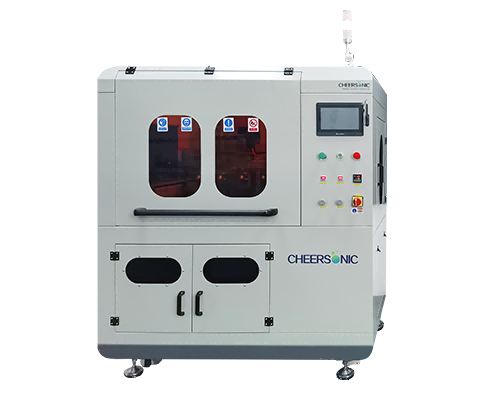How are wafer models distinguished?
Wafers are mainly the difference in diameter
(1) The diameters of wafers currently on the market are mainly 150mm, 200mm, and 300mm, corresponding to 6-inch, 8-inch, and 12-inch wafers respectively. The most mainstream is 300mm, which is 12-inch wafers.
(2) 6-inch wafers and even 8-inch wafers are constantly being eliminated, gradually transitioning to 12-inch or even 16-inch wafers. Due to cost reasons, 12-inch wafers currently account for the largest market share , accounting for about 80% of all wafers.
(3) Wafer models are as follows: 1 inch (25 mm), 2 inches (51 mm), 3 inches (76 mm), 4 inches (100 mm), 4.9 inches (125 mm), 150 mm (5.9 inches, commonly referred to as “6 inches”), 200 mm (7.9 inches, commonly referred to as “8 inches”), 300 mm (11.8 inches, commonly referred to as “12 inches”), 450 mm (17.7 inches), 675 mm (26.6 inch).
Silicon wafers are the core semiconductor material, and the domestic production of silicon wafers can basically be described as a missing link. Silicon wafers have extremely high technical barriers. There are very few domestic manufacturers of self-produced silicon wafers, and most of them focus on small silicon wafers of 8 inches or 6 inches. The main application fields are also low-end such as photovoltaics and discrete devices. In terms of application, silicon wafers that can be applied to integrated circuits and large-size silicon wafers over 12 inches can basically only rely on imports, but the domestic photovoltaic silicon wafer war in 2019 is very fierce. Compared with semiconductor large silicon wafers (12 inches and above), the progress is lower than expected. Since semiconductor silicon wafers play a key role in chip performance, import substitution requires a certain amount of time to accumulate, and the customer verification cycle is relatively long.
Ultrasonic spray coating system is able to coat onto both flat and 3D substrates commonly including silicon wafers, glass, ceramic, and metal. Ultrasonic spray is a simple, economical and repeatable process for photoresist and polyimide coatings. Cheersonic’s coating systems are a viable alternative to other coating techniques like spin and traditional spray.
About Cheersonic
Cheersonic is the leading developer and manufacturer of ultrasonic coating systems for applying precise, thin film coatings to protect, strengthen or smooth surfaces on parts and components for the microelectronics/electronics, alternative energy, medical and industrial markets, including specialized glass applications in construction and automotive.
Our coating solutions are environmentally-friendly, efficient and highly reliable, and enable dramatic reductions in overspray, savings in raw material, water and energy usage and provide improved process repeatability, transfer efficiency, high uniformity and reduced emissions.
Chinese Website: Cheersonic Provides Professional Coating Solutions

